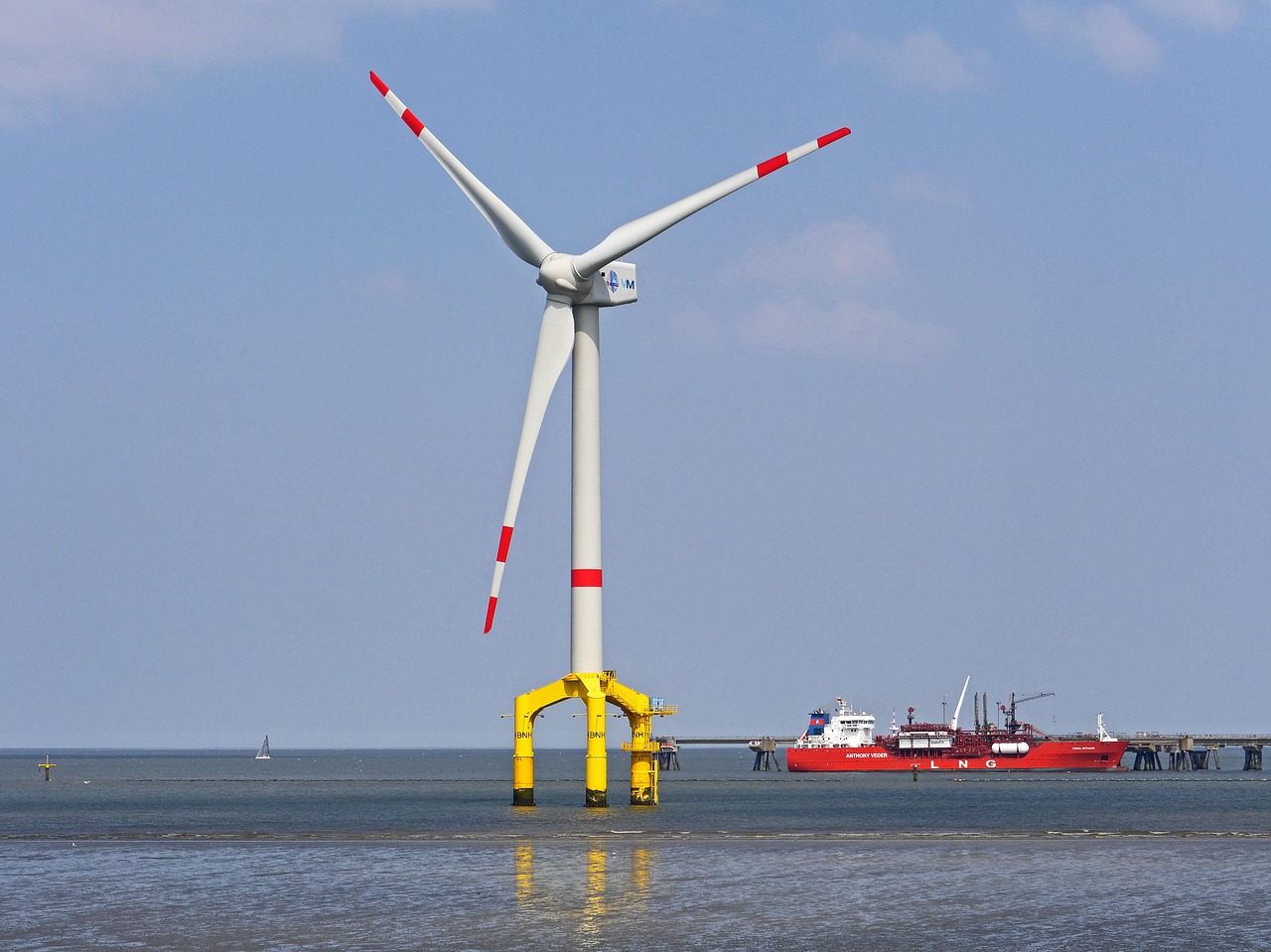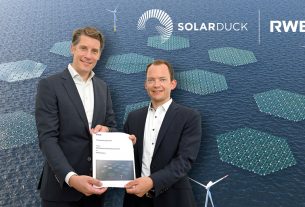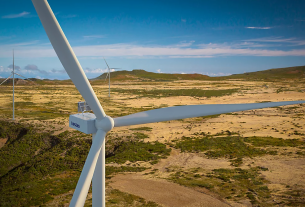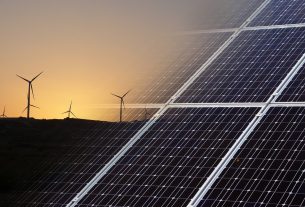United Kingdom – A new report shows how a circular economy centered on the industry could reduce carbon emissions by 34% and create an additional 20,000 jobs across the UK, which Scotland could benefit from as offshore wind drives Scotland closer to net zero.
The vast amount of materials required to develop the Scottish offshore wind market has been identified in the report entitled “End of Life Materials Mapping for Offshore Wind in Scotland,” which was created by the Offshore Renewable Energy (ORE) Catapult in collaboration with Zero Waste Scotland. However, the report also emphasizes how these materials can be upgraded, repurposed, and recycled from decommissioned wind turbines in order to cut waste and create business opportunities.
The report looks at the offshore wind industry through the year 2050 and details the enormous supply chain opportunity brought on by the scale of anticipated growth across Scotland in the wake of the Scottish Government’s goal to increase Scotland’s offshore wind capacity to 11 GW by 2030, the ScotWind leasing round, and the Innovation and Targeted Oil and Gas (INTOG) leasing procedure. If every project that is currently in the works is approved, Scotland’s offshore wind capacity would increase to almost 40GW by 2033.
Investment in circular economy
With the development of a full UK circular economy supply chain, which includes a wide range of recycling processes, early predictions indicate that up to 20,000 jobs could be created by 2030. They also identify a 34 percent carbon savings if new turbines are manufactured using recycled content.
By 2050, Scotland’s offshore wind decommissioning could produce 1.5 million to 2.4 million tonnes of materials. By 2065, it is anticipated that Scotland will lose up to 492 turbines, with that number rising to 1,718. By 2050, the growth of offshore wind is expected to require 14.7 million tonnes of steel, 8.36 million tonnes of concrete, and 1.54 million tonnes of ductile iron casting. Other consumables needed include copper, neodymium, glass, and carbon fiber.
The report concluded that in order to recycle wind turbines domestically and achieve the goal of 60 percent UK content for upcoming offshore wind developments, investment in a circular economy is crucial. It was emphasized that recycling and a variety of remanufacturing and reprocessing techniques will be necessary for every wind turbine component in order for the industry to be sustainable.
Up until August 22, 2022, the Scottish Government is consulting on ideas for growing Scotland’s circular economy.




